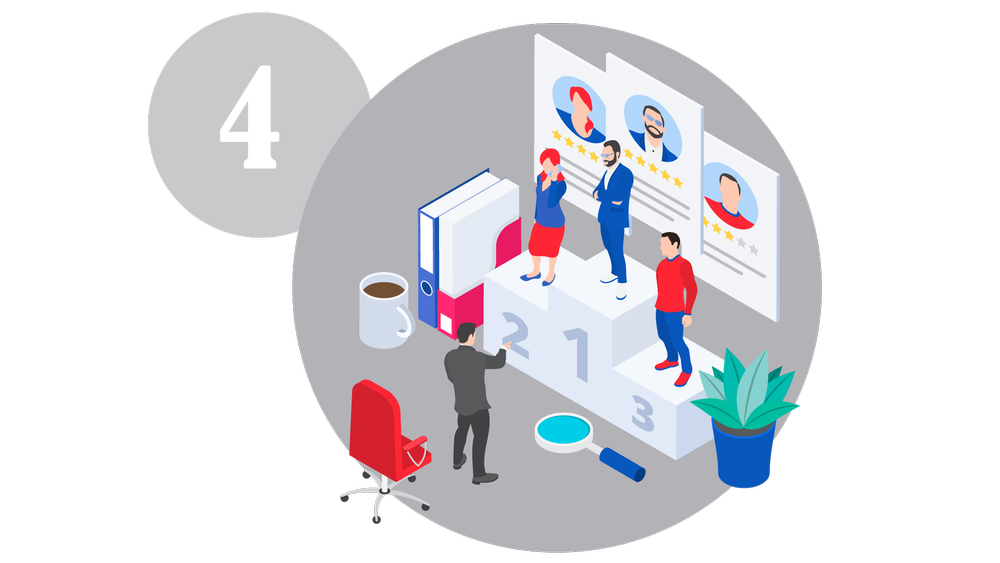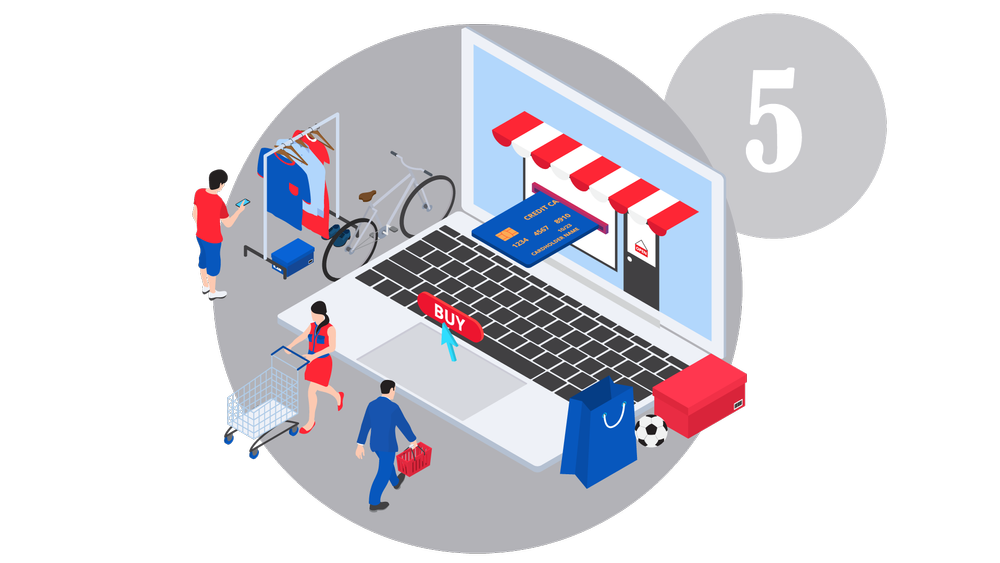Concerned about aged or neglected IT Infrastructure?
In this era of Russian cyber-attacks, it’s never been more vital to upgrade your storage array.
If you as a business have found yourself with outdated hardware or software, this can result in higher costs down the line. Here are five signs that indicate your infrastructure has been neglected. If any of these apply to your business situation today, it’s time to take action before disaster strikes.

1. Your Storage Array Is a Bottleneck
Storage is the foundation of most modern businesses. They hold everything from financial documents to customer records, and they’re a critical component of any well-run business.
If your storage arrays performance is the bottleneck in your business’s IT infrastructure, you could be losing money every day. To make sure that you’re not experiencing this problem, take these steps.
Back Up Your Data Regularly
It’s easy to forget about backups when you’re busy running other parts of your company, but keeping an eye on how often they happen will tell you whether they’re scheduled correctly.
If they aren’t happening as often as needed (or if their frequency has changed), look into why that might be so.
Is there something wrong with the backup software? Is there another reason for this change? Maybe someone isn’t following protocol properly.
Upgrade Regularly
Upgrading is one way to increase speed and efficiency. It also helps prevent problems from occurring later on down the road.
This is when new versions become available because older ones won’t support them anymore.

2. Your Data Is Scattered
Data is scattered across a variety of devices, including desktops, laptops, tablets, and smartphones. The data is not centralised or backed up on a regular basis.
It also doesn’t have an adequate security plan in place. This is to protect it from threats like ransomware or malicious hackers.

3. You’re Spending Too Much Time on Backup and Recovery
When your backup and recovery processes are manual, you can expect to spend a lot of time on them. This is especially true if the data you’re backing up isn’t tested regularly. If you don’t test your backups, how will you know if they’re working? And how do you know that ransomware protection is working?
That’s why it’s so important to have an offsite backup (either in another office or at another location). That way, even if someone manages to hack into your servers and get past all layers of security, they’ll still not be able to access any of your information because it’s not where they are located.

4. You Can’t Easily Support Remote Workers
If you can’t easily support remote workers, your infrastructure has probably been neglected. As the workforce becomes more mobile, the ability to access data from anywhere is imperative. In addition, data must be able to flow seamlessly between devices and locations without any security issues or complicated setup processes getting in the way of productivity.
There are many factors that contribute to this problem. The IT team is too small for the amount of work required. It might be that there’s no clear strategy on how to manage client expectations regarding remote access or other services (like a backup).
Finally, the company’s policies don’t address how much information should be provided online vs offline.

5. Security Is Strained
The security of your data is critical. Don’t keep neglected infrastructure in your office. And if you’re not taking the time to maintain it, then you’re putting yourself at risk for data loss.
If you don’t have updated software running on all of your infrastructure, they could be vulnerable to viruses or malware attacks that prevent them from working properly. If you’re struggling with this, be sure to check out our cybersecurity solutions.
The same goes for updating passwords—if an employee leaves and their account password hasn’t been changed yet, someone else could use it to access files on one of your storage servers and cause damage.
You should also make sure that any external ports are properly secured so no one can access them without authorisation (e.g., with a virtual private network). If there’s an intruder trying to get into your infrastructure or one of your systems through these ports, they obviously won’t be able to see anything because they don’t have permission!
You should also look into securing each individual piece of hardware within each server: hard drives and RAM sticks included in this category as well as processors themselves; ensure that all components are functioning correctly before making any changes.
Don’t Let Any of This Happen to Your Business: Upgrade Your Infrastructure Today
Don’t let your security drop. The threat of cybersecurity is real and stronger than ever in today’s world of cyberwarfare. Up your game and protect your business by upgrading your storage server today!
If you need help with your infrastructure including Backup & Disaster Recovery solutions, don’t panic. There’s lots of advice online and in this article about steps you can take to ensure you don’t succumb to neglected infrastructure.
We can help you get back on track and secure your account again. For more be sure to contact us today.


